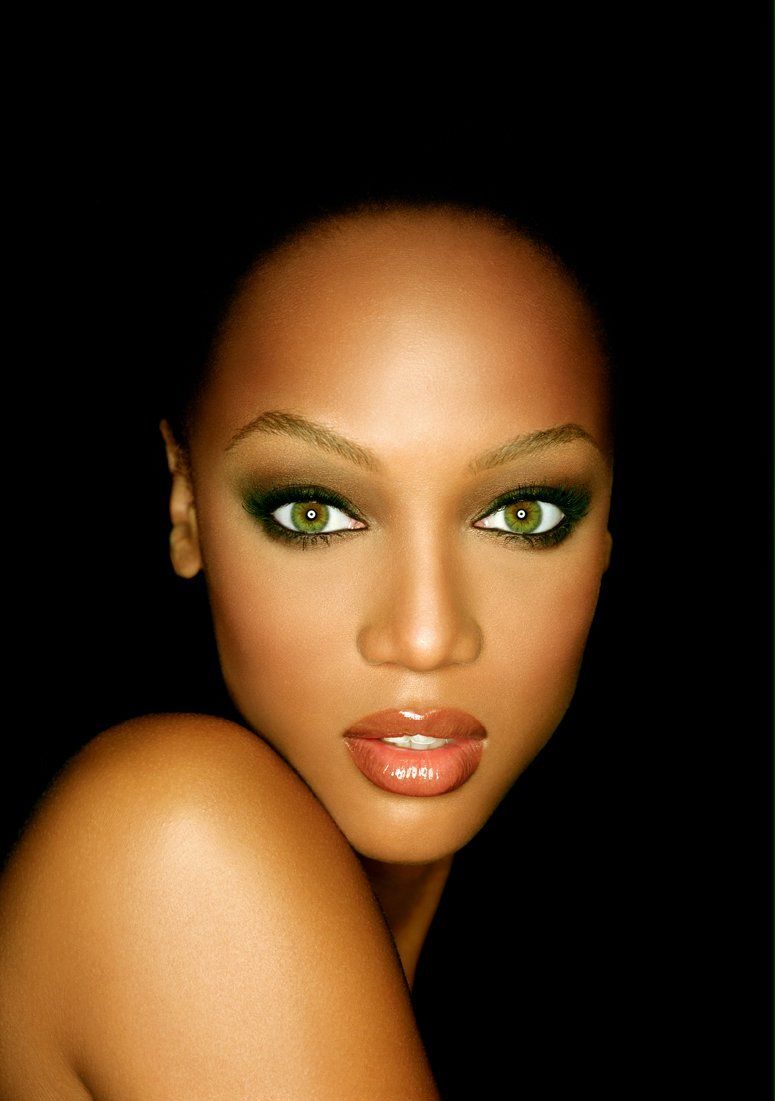Pruning Ornamental Shrubs

Pruning is often misinterpreted and improperly used. Proper pruning is simple enough if a regular maintenance timetable is followed. A flower that has been neglected is difficult or impossible to prune. Therefore, pruning should begin before a plant has already reached the maximum size for the area occupied. Whenever a plant has become large for normal pruning too, it ought to be replaced.
Using dwarf plant life in limited spaces reduces pruning needs. To improve success chances at planting time. To control the shape and size. To remove dead, diseased, weak, or broken branches. To maintain the natural beauty. To regulate flowering, fruiting, or shaded twig effect in certain plants. Hand shears are the solitary most important tool for pruning probably. They are used to cut out branches up to 3/4 inches in diameter. Twisting shears to cut larger branches will strain and weaken them. The anvil-type (Figure 1, left) is satisfactory for general pruning. The scissors or draw-cut type (Figure 1) is preferred for close-cut precision pruning. Lopping shears (Figure 2) are designed to cut branches 3/4 to 1-1/2 ins in diameter.
- It hydrates the epidermis
- Unemployment Rate
- Industry ecosystem evaluation Raw materials insights
- 6 WHERE ARE YOU IN YOUR CYCLE
- Nina Dobrev – Elton John’s Oscar Party Look
Pruning saws (Figure 3) are used for branches larger than 1-1/2 ins in diameter. Pruning saws have narrower blades with coarse tooth that can cut on the pull-heart stroke. Hedge shears (Figure 4) are used for shearing hedges or formally shaped plant life. Hedge shears are not reasonable for other pruning purposes. Anvil type hands shears and scissors-type hands shears.
Keep pruning tools sharp so they make soft, clean cuts. To greatly help prevent passing on of disease and decay, disinfect all tools with denatured alcohol after pruning diseased elements of plants. The best time for pruning most plant life is in the early spring while the plants are still dormant. Spring-flowering shrubs may be pruned at that right time, but blooms for that season shall be lost. For that reason, spring-flowering shrubs are usually pruned when flowering has been completed.
Shrubs that flower in late spring and summer season are best pruned in planting season. Avoid major pruning in late summer months and early fall, as this might force late growth which will be broken by freezing. Two techniques are used for pruning shrubs. They are called going and thinning. Heading. By this method, branches are cut back to healthy buds (Figure 5). This leaves a trim close to a bud that new growth grows.
Thinning. By this technique, a capture or branch is completely removed either back again to ground level (Figure 6) or back to another main branch or trunk (Figure 7). No prominent stub remains. Some vegetation requires more of 1 method than another, but good pruning is usually a mixture of both procedures. Thinning to ground level. Thinning to main branch or trunk back. When heading back, make the trim above a healthy bud always.
A cut on hook slant, 1/4 inches above the bud is the right method (Figure 8). The very best bud should be located on the part of the branch that encounters the path preferred for the new growth. Some plants shall have two buds opposite each other on the stem. When such stems are cut, it is desirable to remove one of the buds.
If both are permitted to grow, a forked and frequently weakened stem may develop. When heading, cut above a healthy bud. Shrubs. Junipers and yews will be the most planted of the narrow-leaved evergreens commonly. Even though some dwarf forms can be found, most cultivars require some annual pruning to control size, density, and shape. More compact plants result when long branches are pruned back again to their junction at a lateral branch during planting season.
Green foliage must stick to any branches of junipers that are cut back. They rarely are able to develop new growth from bare stubs. Yews can be cut back more severely and tend to be in a position to survive a 50-percent size reduction. Vigorously growing yews may need a second light pruning later in the summer to eliminate long shoots that have developed.
